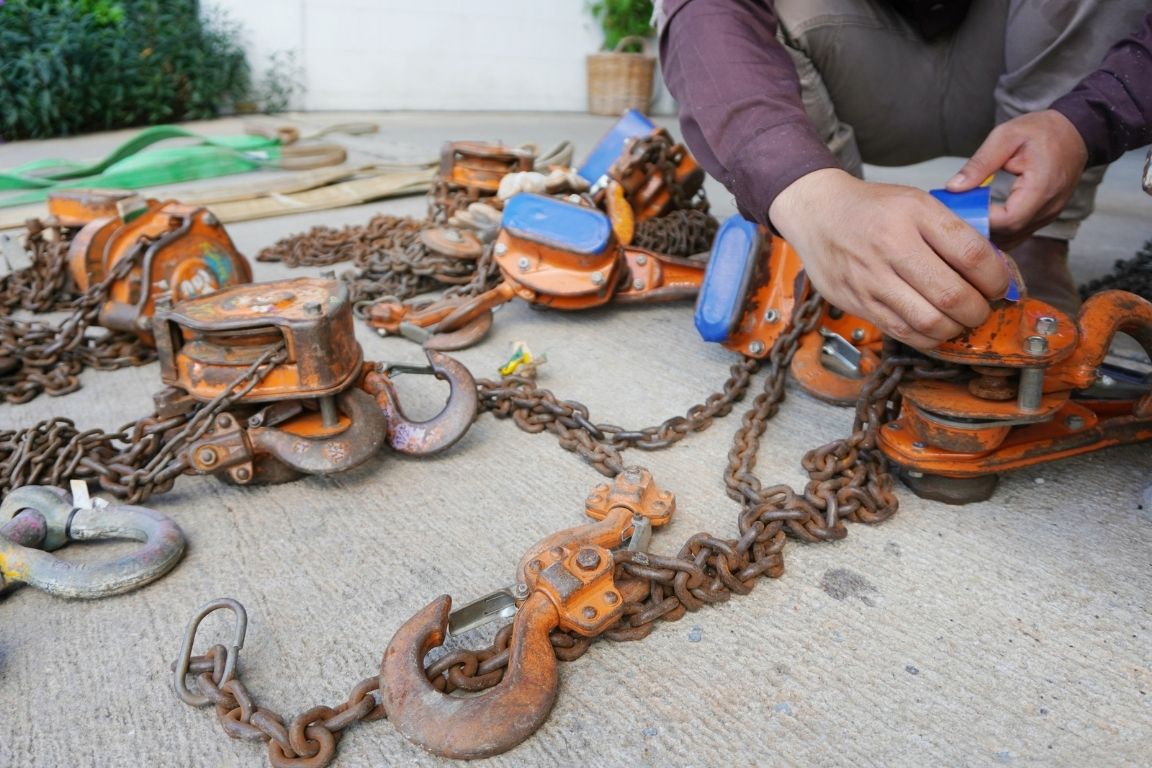People who work on construction sites know that things can easily go awry. Until everyone is well-versed in the safety training of the work, the entire site could be compromised by any number of calamities. Even if they aren’t experts yet, people who work in construction and rigging should, at the very least, familiarize themselves with the common rigging safety problems to avoid.
Unknown Weight Load
A rigger needs to know the weight of a load if they hope to properly lift the object to its working load limit (WLL). Devices manufactured with the expectation that they would be lifted usually have their weight marked on their surfaces. If that information is not readily available, riggers must find it using some common methods, including:
- Looking at the shipping documentation
- Looking at the engineered prints or design plans
- Measuring the weight using an industrial scale, load cell, or dynamometer
Infrequent Equipment Inspection
Failing to properly inspect rigging equipment for defects, damages, or deformities can lead to a failed lift. The phrase “frequent inspection” refers to the expectation that a hands-on inspection should be conducted of the hardware, slings, and all the fastenings and attachments on a daily basis.
Inspections don’t mean much unless the inspectors knows what to look for. It’s essential, therefore, that all riggers are trained on what damaged and unsafe equipment looks like, as well as what grade of chain should be used for each job. Many facilities hang posters or charts on the wall to help people identify the criteria for safe equipment.
Using the Incorrect Sling, Device, or Hitch for the Application
Rigging is not a one-size-fits-all job. Based on the situation the rigger is facing, they have any number of slings, devices, or hitches to choose from. An incorrect choice could have damaging effects on the overall project. For instance, if the rigger is lifting something that has a fragile exterior, they’d want to sling it with less abrasive material such as nylon or polyester—not a chain sling which could scratch or damage the load.
Failing To Maintain Load Control
Of all the common rigging safety problems to avoid, failing to maintain load control is one of the most difficult to overcome. Many factors can affect load control, including weather and weight distribution. When rigging and maintaining load control, riggers should consider the following factors:
- The weight of the load
- The load’s center of gravity
- Appropriate lifting and rigging equipment
- Correct sling hitch
- The possibility of interference (clear personnel)
- Whether or not tag line is needed
- The weather
If any one of these factors is not accounted for, riggers could find themselves in an unsafe and unstable situation.











